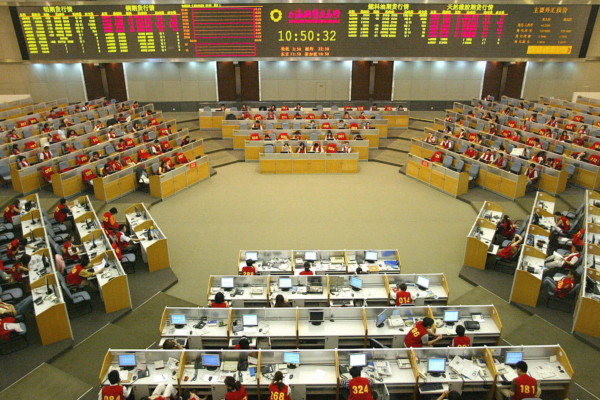In the context of the overall downturn in the Chinese economy, the futures industry is currently facing unprecedented operational pressures. The leading company in the industry, Yong’an Futures, which was once dubbed as the “Futures Mao,” recently disclosed its financial performance, highlighting the severe challenges facing the entire industry.
Yong’an Futures recently released its annual report for 2024 and the first quarter report for 2025. According to the 2024 annual report, the company achieved a revenue of 21.735 billion yuan, a year-on-year decrease of 8.76%; the net profit attributable to the parent company was 575 million yuan, a year-on-year decrease of 21.07%.
This marks the third consecutive year of revenue decline for Yong’an Futures, with the decline trend intensifying. Since 2022, the company’s revenue has shown a downward trend, with revenue of 34.775 billion yuan in 2022, a decrease of 8.10% from the previous year; this figure further dropped to 23.823 billion yuan in 2023, a year-on-year decrease of 31.50%.
Entering 2025, Yong’an Futures’ performance has not seen a turnaround. The first-quarter report shows that the company achieved operating income of 2.277 billion yuan, a sharp drop of 47.51% year-on-year; the net profit was only 9.2945 million yuan, plummeting by 88.08% year-on-year. The company explained in the quarterly report that the decline in performance was mainly affected by losses in some of its subsidiary’s off-exchange derivative business due to market volatility.
Yong’an Futures’ plight is not an isolated case. Data from the China Futures Association shows that the net profit of Chinese futures companies in 2024 was 9.471 billion yuan, a 4.1% year-on-year decrease, marking three consecutive years of decline.
Currently, nearly 35 futures companies have released their operational data for 2024. Among the 17 companies with a net profit exceeding 100 million yuan, only 8 companies achieved year-on-year net profit growth. According to the financial reports of futures companies, factors such as reduced exchange commission refunds, compression of interest income in a low-interest rate environment, and intensified industry competition have led to a shrinkage in revenue from traditional brokerage business, causing the industry to enter a “increased production but not increased revenue” cycle.
The decline in performance of futures companies is mainly influenced by various factors. Firstly, traditional futures brokerage business has been impacted by adjustments in exchange refund policies and intensified industry competition, leading to continued revenue contraction. Yong’an Futures’ revenue from futures brokerage business in 2024 was 1.098 billion yuan, a year-on-year decrease of 3.78%, and the market share also dropped from 2.80% in 2023 to 2.38% in 2024.
Secondly, in a low-interest rate environment, interest rates on interbank and corporate deposits have gradually declined, resulting in a substantial reduction in interest income from futures companies’ margin deposits. Additionally, the tightening regulation of internet finance and trading consultation services has further squeezed the profit margins of futures companies.

